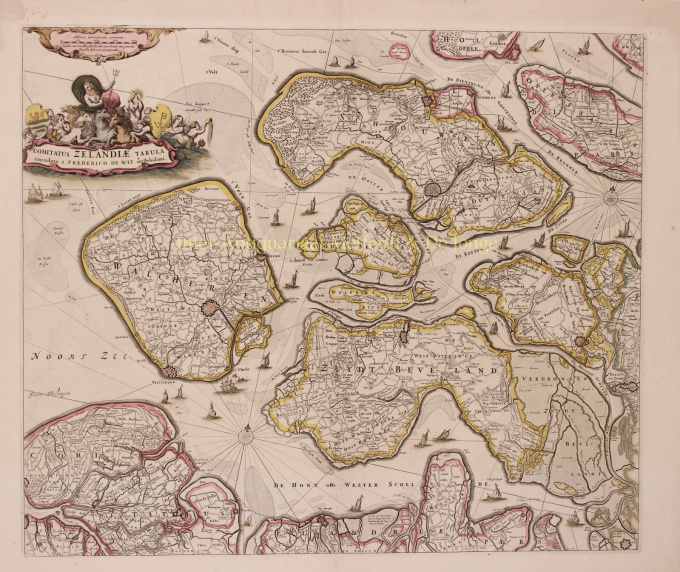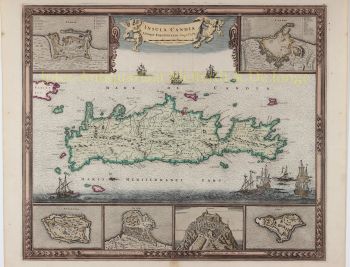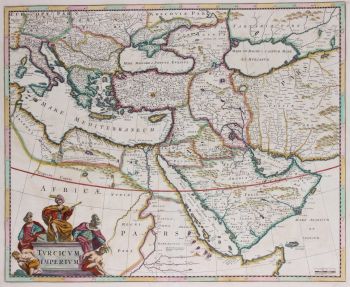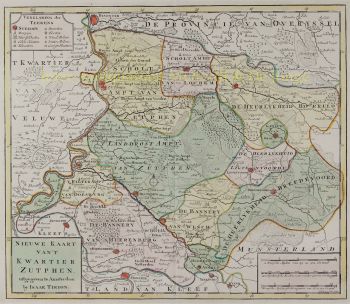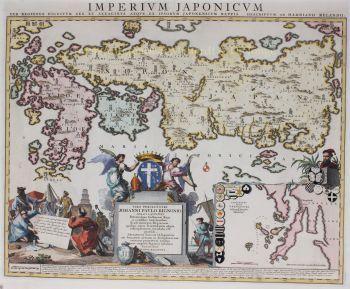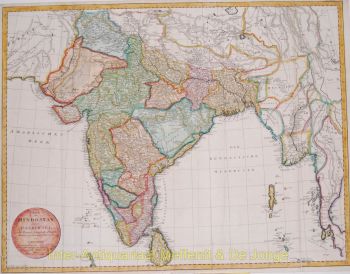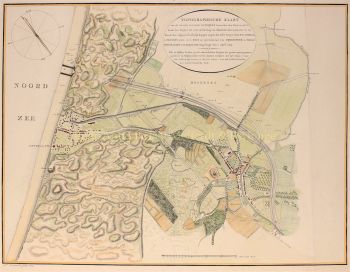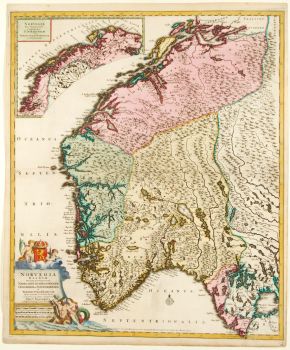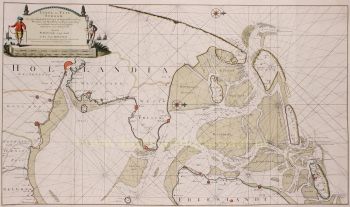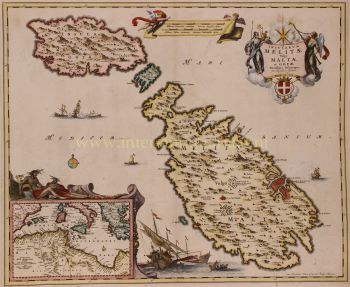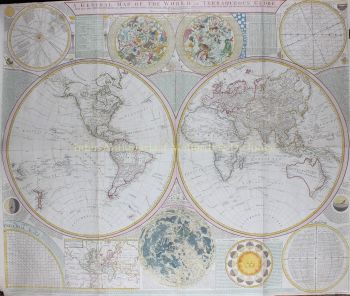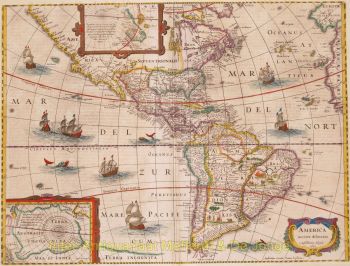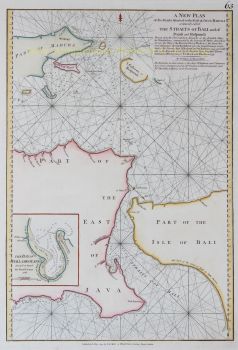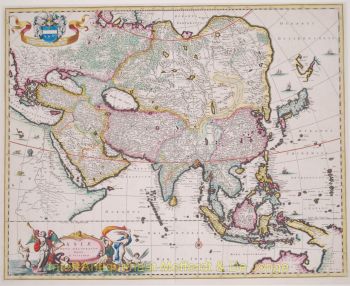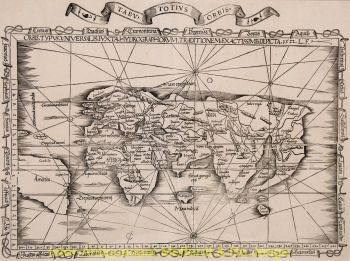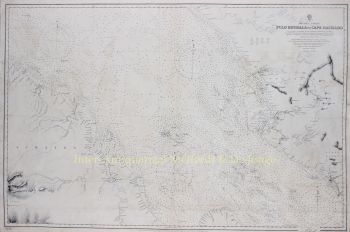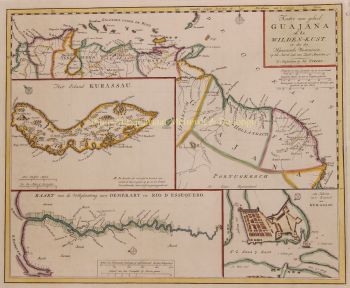Zeeland 1690
Frederick de Wit
Currently unavailable via Gallerease
- About the artwork“Comitatus Zelandiae Tabula”, kopergravure ca. 1690 uitgeven door Frederick de Wit als deel van diens “Nieuw Kartboeck vande XVII Nederlandtsche Provincien”. In de tijd met de hand gekleurd. Afm. 46 x 54,5 cm. Frederick de Wit kopieerde voor deze kaart van Zeeland een kaart van die Nicolaes Visscher eerder had uitgegeven. Het geografische beeld is exact gelijk, de schepen en de rijk versierde cartouche zijn overgenomen, maar de compositie is veranderd. De schaalstokken zijn verplaatst naar links boven, waar bij Visscher de titel staat en De Wit heeft de titel gezet waar zich bij Visscher de opdracht bevindt. In het schildje rechts in het cartouche staat nu het monogram van Frederick de Wit. Aan de kaart is niets toegevoegd; de Nieuwekerke polder bij Arnemuiden, die werd aangelegd in 1651, is er nog niet. Literatuur: Blonk - Zeelandia Comitatus, nr. 45.3 Prijs: Euro 650,-
- About the artist
Frederik de Wit was born Frederik Hendriksz. He was born to a Protestant family in about 1629, in Gouda, a small city in the province of Holland, one of the seven united provinces of the Netherlands. His father Hendrik Fredericsz (1608 – 29 July 1668) was a hechtmaecker (knife handle maker) from Amsterdam, and his mother Neeltij Joosten (d. before 1658) was the daughter of a merchant in Gouda. Frederik was married on 29 August 1661, to Maria van der Way (1632–1711), the daughter of a wealthy Catholic merchant in Amsterdam. From about 1648 until his death at the end of July 1706, De Wit lived and worked in Amsterdam. Frederik and Maria had seven children, but only one Franciscus Xaverius (1666–1727) survived them.
By 1648, during the height of the Dutch Golden Age, De Wit had moved from Gouda to Amsterdam. As early as 1654, he had opened a printing office and shop under the name "De Drie Crabben" (the Three Crabs) which was also the name of his house on the Kalverstraat. In 1655, De Wit changed the name of his shop to the "Witte Pascaert" (the White Chart). Under this name De Wit and his firm became internationally known.
Artwork details
Related artworks
- 1 - 4 / 5
Unknown artist
A large wall map of Asia by Nicolas de Fer 1647 - 1720
Price on requestZebregs & Röell - Fine Art - Antiques
1 - 4 / 24

